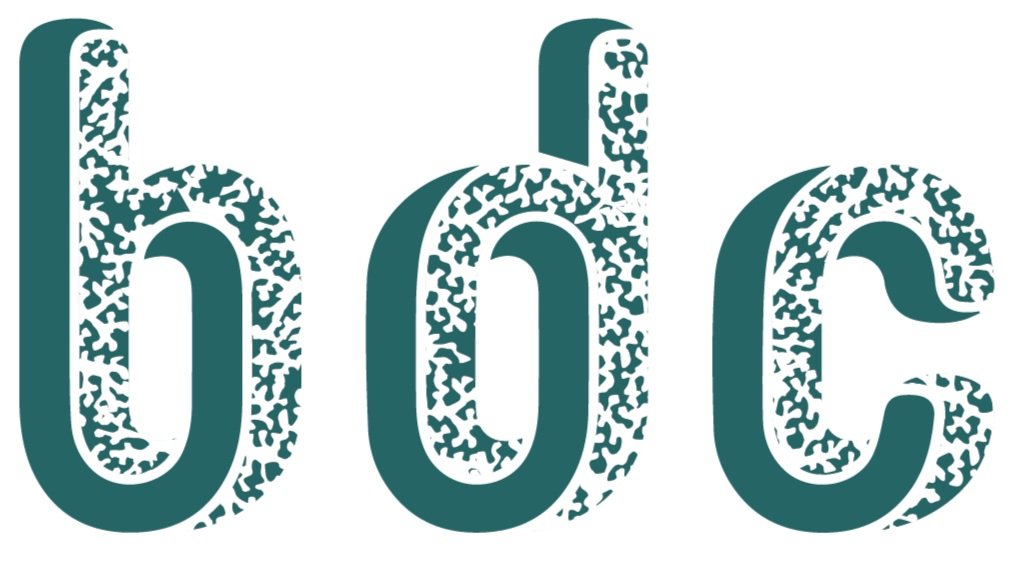Welcome Letter from BDC’s Executive Director
Dear Friends,
Thank you for joining us at BDC Summit 2020! Congratulations to the students for overcoming this year’s challenges. “It is truly a biopolitical moment,” Heather Dewey-Hagborg wrote in May’s issue of Biodesigned. This fact couldn’t be plainer as the world endures a pandemic while simultaneously confronting violent racism whose legacy lurks in today’s biotech.
Because our community bridges so many disciplines and covers all corners of the world, I believe we can effect change. But I also believe BDC can do better within our own organization. Every year we ask students to stand onstage and honestly assess their projects. Nothing can be harder than to face an ocean of peers and admit how you’ve failed. Yet that’s exactly what’s necessary to sustain healthy growth.
So here are ways in which BDC has succeeded:
I’m extremely happy that we have been able to move the program into an online event. Because we are a small team, it takes a good portion of the year to plan the Summit. This year we had to change gears in only a few short months. I’d count this week as a success. Barring technical difficulties, I think it’s going to be an incredible program.
I’m also extremely happy with how school participation has grown since we started the program. Biodesign is unquestionably emerging as a discipline. We have five times as many participating classrooms as we did five years ago, and we’re in 12 countries, and six continents. This has been a group effort. Congratulations to you all for inspiring the growth of the community!
And here are ways in which we’ve failed:
Firstly, this year we gathered an amazing judging panel from different disciplinary backgrounds. However, we failed to recruit judges from diverse ethnic and regional backgrounds. This in no way reflects those who are here. They are remarkable individuals and we’re honored by their participation. Our judges are a pillar of our program and we pride ourselves on bringing interdisciplinary thinkers together to assess student teams. But we also recognize that interdisciplinarity does not equal diversity. We have few people of color in our cohort this year and we have to do better.
I’ll keep the community notified as we institute new judging recruitment procedures for next year’s competition. To thrive, we need a multiplicity of perspectives and these reach beyond discipline or profession.
Secondly, over the last few years, we’ve tried to encourage a balance between student projects that are problem finding, those that focus a critical eye on biotech and society, and projects that are problem solving, those that use biotech to potentially fix existing problems. We’ve yet to achieve this balance.
Technology is never a panacea. More often than not, art and design that fosters behavioral change can have more impact than a newfangled gizmo. The challenge is in identifying the course: political action, technology, or some combination. Our responsibility is first to each other and to our environment. Technology should be a means to those ends rather than an end in itself.
For next year’s challenge, we’ll be working with instructors and mentors to identify theme areas of social justice on which to focus projects. The goal is to encourage students to further explore biotech’s entanglements with culture, equity, and climate change.
Finally, let’s recognize that we are facing an era of tragedy and uncertainty together. I don’t believe we’ll ever get back to “normal.” There never was a “normal.” But there is a chance for creating something new. And this community has been contending with the future since our very beginnings. I’m looking forward to building something new with you.
Thank you all again!
Yours,
Daniel Grushkin
Executive Director
